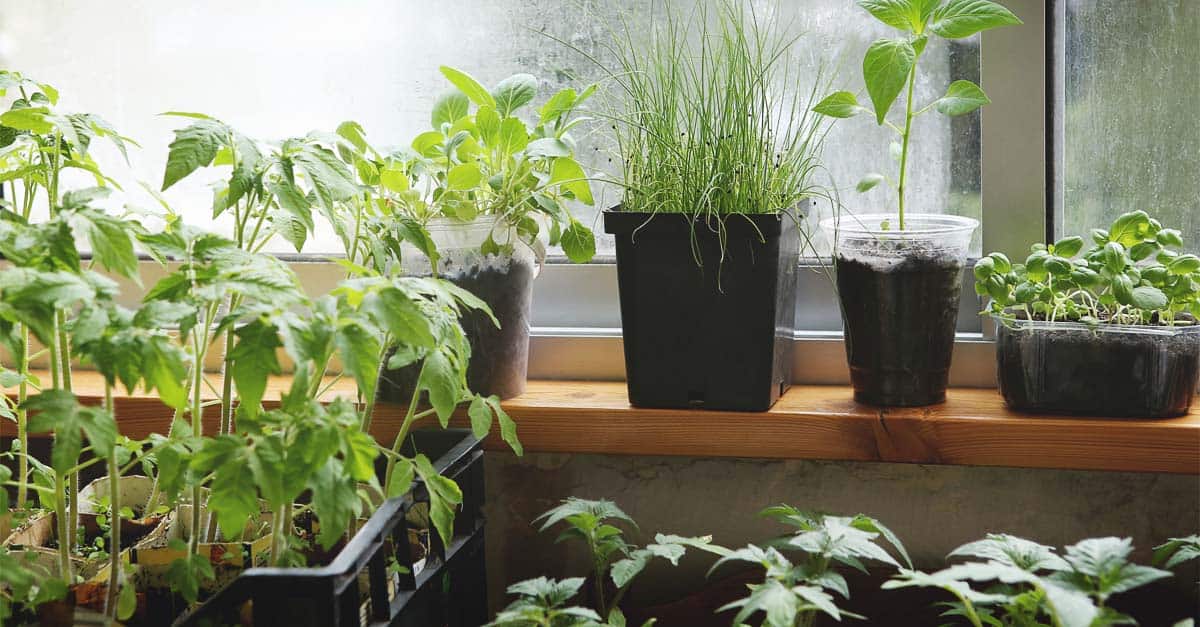

Articles
How To Have An Indoor Garden
Modified: October 20, 2024
Learn how to create your own indoor garden with helpful articles and tips. Start growing your favorite plants and enjoy the benefits of greenery at home.
(Many of the links in this article redirect to a specific reviewed product. Your purchase of these products through affiliate links helps to generate commission for Storables.com, at no extra cost. Learn more)
Introduction
Welcome to the wonderful world of indoor gardening! Whether you have a green thumb or are just starting out, creating an indoor garden can be a rewarding and fulfilling experience. Not only does it add beauty and vibrancy to your living space, but it also offers a wealth of benefits for your well-being.
Indoor gardening is the practice of growing plants inside your home or any other enclosed space. It allows you to have a mini oasis of greenery, regardless of the size of your dwelling. Whether you have a spacious apartment or a cozy studio, there is always room for a little indoor garden.
The benefits of indoor gardening go beyond aesthetics. Studies have shown that spending time around plants can help reduce stress, improve air quality, and enhance overall mood and well-being. It’s no wonder that indoor gardening has gained popularity in recent years as more people seek to bring nature into their everyday lives.
Whether you’re a seasoned plant lover or new to the world of gardening, creating an indoor garden requires careful planning and attention to detail. In this article, we’ll guide you through the steps of setting up and maintaining a thriving indoor garden.
From choosing the right plants to providing adequate lighting, watering and humidity control, and preventing pests and diseases, we’ll cover everything you need to know. By the end of this article, you’ll have the knowledge and confidence to create a flourishing indoor garden that brings joy and tranquility to your home.
So, roll up your sleeves, get your gardening tools ready, and let’s dive into the world of indoor gardening!
Key Takeaways:
- Cultivating an indoor garden not only adds beauty to your home but also promotes stress relief, mental well-being, and a connection with nature, offering a multitude of benefits for overall well-being.
- Selecting the right plants, providing adequate lighting, and maintaining proper air circulation are essential for creating a thriving indoor garden that brings joy and tranquility to your home.
Read more: How To Have An Indoor Picnic
Benefits of an Indoor Garden
Having an indoor garden not only adds beauty to your living space, but it also offers a range of benefits for your physical and mental well-being. Here are some of the key advantages of having an indoor garden:
- Aesthetic Appeal: Indoor gardens bring life, color, and beauty to your home. The lush greenery and vibrant flowers create a soothing and visually appealing atmosphere.
- Improved Air Quality: Indoor plants act as natural air purifiers, absorbing harmful toxins and releasing oxygen. They help to improve the air quality in your home, reducing the levels of pollutants and enhancing overall respiratory health.
- Stress Relief: Spending time in nature has been proven to reduce stress and promote relaxation. Indoor gardens provide a serene and peaceful environment, helping to create a calming oasis where you can unwind and destress.
- Mental Well-being: Indoor gardening has therapeutic benefits for your mental well-being. It can help in reducing anxiety, boosting mood, and improving overall mental health. Taking care of plants and watching them grow can be a rewarding and fulfilling experience.
- Connection with Nature: For those living in urban areas or with limited outdoor spaces, an indoor garden provides a way to stay connected with nature. It allows you to bring a piece of the natural world indoors, even in the busiest of environments.
- Productivity and Focus: Studies have shown that being around nature can enhance productivity and focus. By incorporating plants into your indoor space, you can create a more conducive environment for work or study, helping to improve concentration and efficiency.
- Creative Outlet: Indoor gardening offers an opportunity to exercise your creativity and express yourself. You can experiment with different plant combinations, arrangements, and decorative elements to create a unique and personalized indoor garden.
- Herbs and Fresh Produce: Growing your own herbs or vegetables indoors allows you to have fresh, organic produce right at your fingertips. It not only saves money but also ensures that you have a steady supply of nutritious ingredients for cooking and enjoying healthy meals.
These are just a few of the many benefits of having an indoor garden. Whether you’re looking to create a peaceful retreat, improve air quality, or simply add a touch of nature to your home, indoor gardening provides a multitude of advantages for your overall well-being. So why wait? Start cultivating your indoor garden today and experience the joys and benefits it brings!
Choosing the Right Plants
When it comes to creating an indoor garden, selecting the right plants is crucial for their survival and overall success. Not all plants thrive indoors, as they have specific light, humidity, and temperature requirements. Here are some factors to consider when choosing plants for your indoor garden:
- Light Requirements: Assess the natural light available in your home. Different plants have varying light requirements, including low, medium, or bright indirect light. Choose plants that are compatible with the amount of light in your space. If you have limited natural light, consider plants that can thrive in low-light conditions, such as snake plants or pothos.
- Space and Size: Consider the available space in your home and choose plants that fit well in the designated area. If you have limited space, opt for compact and trailing plants that can be placed on shelves or hung from baskets. Alternatively, if you have ample space, you can go for larger plants like fiddle leaf figs or rubber plants.
- Watering Needs: Understand the watering requirements of the plants you choose. Some plants prefer to dry out between waterings, while others prefer consistently moist soil. Overwatering or underwatering can be detrimental to plant health. Choose plants that align with your watering routine and lifestyle.
- Maintenance Level: Consider the level of maintenance and care you can provide. Some plants require frequent attention, such as regular pruning or misting, while others are more low-maintenance. Choose plants that suit your schedule and gardening capabilities to ensure their long-term health.
- Allergies and Pet-Friendly: If you have allergies or pets, consider plants that are non-toxic and do not trigger allergic reactions. Some common pet-friendly plants include spider plants, Boston ferns, and Areca palms.
- Personal Preference: Finally, choose plants that you personally find appealing and resonate with your aesthetic preferences. Whether you prefer lush foliage or vibrant blooms, selecting plants that bring you joy and match your home’s interior design will enhance your overall gardening experience.
Remember to research each plant’s specific care requirements and ensure that they are suitable for indoor cultivation. Consider creating a diverse mix of plant varieties to create visual interest and to provide a range of environmental benefits.
By carefully selecting plants that meet your space, light, and care requirements, you can create a thriving indoor garden that will bring beauty and tranquility to your home.
Selecting the Perfect Location
Choosing the right location for your indoor garden is crucial for the health and growth of your plants. Different plants have varying light and temperature requirements, so finding the perfect spot is essential. Here are some factors to consider when selecting the location for your indoor garden:
- Natural Light: Most plants require adequate sunlight for photosynthesis and overall growth. Observe the natural light patterns in your home to determine which areas receive the most sunlight. South-facing windows generally offer the brightest light, while north-facing windows provide less direct sunlight. Choose a location that provides the appropriate amount of light for the plants you’ve selected.
- Supplemental Lighting: If you don’t have access to sufficient natural light, consider using artificial lighting to supplement the plants’ needs. LED grow lights are an excellent option for providing the right spectrum and intensity of light. Place them at an appropriate distance from the plants to ensure optimal growth and prevent light burn.
- Temperature and Humidity: Different plants have specific temperature and humidity requirements. Most indoor plants thrive in temperatures between 60-75°F (15-24°C). Avoid placing plants in drafts or near heating or cooling vents, which can cause fluctuations in temperature. Additionally, consider the humidity level in your home, as some plants prefer higher humidity levels. You can use a humidifier or tray of water near the plants to increase humidity if needed.
- Space Availability: Assess the available space in your home and choose a location that provides adequate room for your plants to grow. Consider the mature size of the plants and their spreading habits, ensuring they have enough space to flourish without crowding other plants or furniture.
- Accessibility: Select a location that is easily accessible for daily care and maintenance. You should be able to reach the plants comfortably for watering, pruning, and inspecting for pests. If the location is challenging to access, it may make it difficult to provide the necessary care and attention your plants need.
- Decorative Impact: Lastly, consider the aesthetic impact of your indoor garden. Choose a location that enhances the overall ambiance of the room. Plants can serve as decorative elements and focal points, so strategically place them in areas where they can be admired and appreciated.
Remember to rotate your plants periodically to ensure even light exposure and prevent them from leaning towards the light source. By carefully selecting the perfect location, you’ll create an ideal environment for your indoor garden to thrive and flourish.
Providing Adequate Lighting
Proper lighting is essential for the health and growth of your indoor garden. Since most indoor environments lack the intensity and duration of natural sunlight, it’s crucial to provide adequate artificial lighting. Here are some key factors to consider when it comes to lighting your indoor garden:
- Understanding Light Intensity: Different plants have varying light requirements, ranging from low to high intensity. Assess the specific light needs of your plants and choose the appropriate light source accordingly. Plants that require high light intensity, such as succulents or flowering plants, may need direct or bright indirect light, while low-light plants like pothos or snake plants can thrive under ambient or lower intensity light.
- Choosing the Right Light Bulbs: LED grow lights are the preferred choice for indoor gardening due to their energy efficiency and customizable light spectrums. Look for bulbs with a color temperature and spectrum suitable for the growth phase of your plants. Blue light promotes vegetative growth, while red light stimulates flowering and fruiting. Consider using a combination of blue and red light bulbs or full-spectrum grow lights for overall plant health and development.
- Placement and Distance: Proper placement and distance of the light source are essential to prevent light burn or insufficient lighting. Hang or position the lights at an appropriate distance from the plants, depending on their light intensity requirements. High-light plants may need the light source to be placed closer, while low-light plants may do well with the light several inches away. Follow the manufacturer’s instructions and monitor your plants closely for any signs of light stress.
- Light Duration and Timing: Most plants require around 12-16 hours of light per day to mimic natural daylight conditions. Use a timer to regulate the duration and timing of your artificial lighting. Consistency is key; avoid sudden changes in light duration, as it can disrupt the plant’s growth cycle. Maintain a regular schedule, ideally simulating the natural daylight hours for optimal growth and productivity.
- Natural Light Supplement: If possible, take advantage of any natural light available to supplement your artificial lighting. Place your plants near windows that receive bright indirect light. However, be cautious of direct sunlight, as it can lead to sunburn or overheating of the plant foliage. Use sheer curtains or blinds to filter the intensity of sunlight if necessary.
- Adjusting Light Levels: Monitor your plants regularly for signs of inadequate or excessive light. If your plants appear leggy, pale, or have minimal growth, it may indicate insufficient light. On the other hand, if the leaves are scorched, discolored, or drooping, it may be a sign of excessive light. Adjust the intensity, duration, or distance of your light source accordingly to provide the optimal lighting conditions for your plants.
Remember that lighting requirements can vary depending on the specific plant species, so always research the lighting needs of your plants to ensure they receive the appropriate light levels. By providing adequate lighting, you’ll create an environment that allows your indoor garden to thrive and flourish year-round.
Read more: Bring Nature Indoors With Indoor Jungle Tips
Watering and Humidity Control
Proper watering and humidity control are vital aspects of maintaining a healthy and thriving indoor garden. Each plant has specific water needs, and maintaining the right balance of moisture in the air is crucial for their growth. Here are some key tips for watering your indoor plants and controlling humidity:
- Watering Frequency: Understand the specific water requirements of your plants. Some plants prefer to dry out slightly between waterings, while others need consistently moist soil. Avoid overwatering, as it can lead to root rot and other moisture-related problems. Check the moisture level of the soil by inserting your finger about one inch deep. If it feels dry, it’s time to water.
- Watering Method: Use a watering can with a narrow spout or a drip tray to water your plants. Avoid using excessive force or pouring water directly onto the foliage, as it can lead to waterlogging or damage the leaves. Water at the base of the plant, allowing the soil to absorb the moisture gradually.
- Drainage: Adequate drainage is essential for preventing water pooling and root rot. Ensure that your plant pots have drainage holes at the bottom. If using decorative cache pots without drainage, place pebbles or a layer of gravel at the bottom to allow excess water to collect and prevent the plant’s roots from sitting in water.
- Humidity Control: Many indoor plants thrive in higher humidity levels, especially those native to tropical environments. Increase humidity by misting your plants regularly with a spray bottle or placing a tray of water near them. You can also use a humidifier to maintain consistent humidity levels. Monitor the humidity using a hygrometer and adjust accordingly to ensure optimal growing conditions.
- Water Quality: Use filtered or distilled water to water your plants. Tap water may contain chemicals, such as chlorine or fluoride, that can be harmful to the plants. If using tap water, allow it to sit overnight to allow any chemicals to dissipate before watering your plants.
- Grouping Plants: Grouping plants together can create a microclimate with higher humidity levels. As plants transpire, they release moisture into the surrounding air, increasing humidity. Cluster plants with similar humidity requirements to benefit from this natural moisture exchange.
- Monitoring and Adjusting: Regularly check the moisture level of the soil and the humidity levels in your indoor space. Remember that the watering frequency may vary depending on factors such as plant size, pot size, and environmental conditions. Adjust your watering and humidity control routine accordingly to meet the specific needs of your plants.
Remember that it’s better to underwater than overwater your plants. When in doubt, it’s safer to let the soil dry out slightly before watering again. With proper watering and humidity control, you’ll provide the ideal conditions for your indoor garden to thrive and flourish.
Choose the right plants for your indoor garden based on the amount of light and space available. Consider low-light options like pothos or snake plants for areas with limited sunlight.
Maintaining Proper Air Circulation
Proper air circulation is essential for a healthy indoor garden. It helps to distribute fresh air, prevent stagnant conditions, and regulate temperature and humidity levels. Here are some key tips for maintaining proper air circulation in your indoor garden:
- Keep a Clear Path: Ensure there is a clear path for air to flow around your plants. Avoid overcrowding them or placing them too close to walls or furniture, as this can impede air circulation. Leave enough space between plants for air to move freely and promote optimal growth.
- Open Windows and Doors: When weather conditions permit, open windows and doors to allow fresh air to enter your home. This will help to improve air quality and circulate stagnant air. Cross ventilation is particularly beneficial for creating a healthy indoor environment for your plants.
- Use Fans: Place fans strategically to facilitate air movement. Use oscillating fans or small clip-on fans to circulate air around your indoor garden. Position them on a low setting to avoid directly blowing on the plants, as it can cause dehydration or damage to the foliage.
- Rotate Plants: Regularly rotate your plants to ensure that all sides receive adequate airflow and sunlight. This prevents uneven growth and helps to strengthen the stems. Rotate them about a quarter turn every time you water or on a weekly basis.
- Avoid Overcrowding: Overcrowding plants can restrict airflow and create a breeding ground for pests and diseases. Provide enough space between each plant for optimal air circulation. If necessary, thin out your plant collection or consider repotting them into larger containers.
- Prune and Clean: Regularly prune your plants to remove dead or yellowing leaves, which can hinder air circulation. Cleaning dust and debris off the leaves using a damp cloth or gentle spray of water also helps to improve air quality and facilitate photosynthesis.
- Use Air Purifying Plants: Some indoor plants have natural air-purifying properties. Plants like snake plants, spider plants, and peace lilies can help remove toxins and improve air quality in your home. Incorporating these plants into your indoor garden can contribute to a healthier environment.
- Monitor Temperature and Humidity: Proper air circulation helps regulate temperature and humidity levels in your indoor garden. Use a thermometer and hygrometer to monitor these conditions and adjust as necessary. This ensures that your plants are not exposed to extreme temperatures or overly humid environments.
By maintaining proper air circulation, you provide a favorable environment for your indoor plants to thrive. Good airflow not only promotes healthy growth but also reduces the risk of pests and diseases. Incorporate these practices into your indoor gardening routine to ensure your plants receive the fresh air they need.
Fertilizing and Soil Management
Fertilizing and soil management are crucial aspects of maintaining a healthy and productive indoor garden. Indoor plants rely on you to provide them with the essential nutrients they need to thrive. Here are some key tips for fertilizing and managing the soil in your indoor garden:
- Choose the Right Fertilizer: Select a high-quality fertilizer specifically formulated for indoor plants. Look for a balanced fertilizer with an equal ratio of nitrogen (N), phosphorus (P), and potassium (K). This will provide the necessary macro-nutrients for healthy plant growth.
- Follow the Instructions: Read the instructions on the fertilizer packaging carefully and follow the recommended dosage and frequency. Over-fertilizing can lead to salt build-up and burn the delicate roots, while under-fertilizing can result in nutrient deficiencies. It’s better to err on the side of caution and apply a slightly diluted fertilizer solution if unsure.
- Timing of Fertilization: Fertilize your indoor plants during their active growing season, typically in spring and summer. During the dormant period in fall and winter, reduce or suspend fertilizer applications as plants require fewer nutrients during this time.
- Apply Fertilizer Properly: Water your plants thoroughly before applying fertilizer to prevent burning the roots. Use a watering can or sprayer to apply the diluted fertilizer solution directly to the soil. Avoid getting fertilizer on the foliage, as it can cause leaf burn.
- Understand Your Plant’s Nutritional Needs: Different plants have varying fertilizer requirements. Some plants, like succulents or cacti, may prefer a slow-release fertilizer, while others benefit from a liquid fertilizer applied more frequently. Research the specific nutritional needs of your plants to provide them with the proper nutrient balance.
- Monitor Soil Moisture: Fertilize your plants when the soil is slightly damp but not waterlogged. Excessively dry soil may prevent nutrient absorption, while overly wet soil can lead to nutrient leaching and root rot. Ensuring proper soil moisture levels promotes effective nutrient uptake by the plant roots.
- Soil Rejuvenation: Over time, indoor potting soil can become compacted or depleted of essential nutrients. Periodically refresh your soil by repotting your plants with fresh potting mix. This replenishes the nutrients and improves the soil structure, allowing roots to access water and nutrients more efficiently.
- Consider Organic Alternatives: If you prefer an organic approach, consider using compost or organic fertilizers to enrich your soil. Organic options can provide a slow-release source of nutrients while improving the overall health of the soil ecosystem.
Remember that proper fertilization and soil management go hand in hand. Regularly assessing your plant’s nutrient needs, monitoring soil moisture levels, and providing them with a balanced fertilizer will ensure the optimal growth and vitality of your indoor garden.
Preventing Pests and Diseases
Keeping pests and diseases at bay is essential for maintaining the health and vitality of your indoor garden. A proactive approach to prevention is key to avoiding infestations and minimizing plant damage. Here are some effective strategies for preventing pests and diseases in your indoor garden:
- Inspect New Plants: Before introducing a new plant to your indoor garden, thoroughly inspect it for any signs of pests or diseases. Look for visible pests like aphids, scales, or spider mites. Check for yellowing leaves, spots, or mold-like growth, which may indicate a disease. Isolate new plants for a few weeks to ensure they are pest- and disease-free before placing them near existing plants.
- Maintain Cleanliness: Keep your indoor garden clean and free from debris. Remove fallen leaves, dead plant material, and any decaying organic matter. Pests and diseases can thrive in these environments, so regularly clean up to discourage their presence.
- Monitor and Scout: Regularly inspect your plants for any signs of pests or diseases. Look for chewed leaves, yellowing or distorted growth, webbing, or a sticky residue on the leaves. Early detection is crucial for effective pest and disease management.
- Quarantine and Isolation: If you notice any signs of pests or diseases on a particular plant, isolate it from other plants immediately. Quarantine the affected plant to prevent the spread of pests or diseases to other healthy plants. Monitor the isolated plant closely and treat it accordingly.
- Provide Proper Air Circulation: Good air circulation helps deter pests and diseases. Ensure there is enough space between plants for air to flow freely. Use fans to promote air movement around your indoor garden. Adequate airflow helps to keep plant foliage dry and prevents the growth of fungal diseases.
- Water with Care: Avoid overwatering your plants, as excess moisture can lead to root rot and create favorable conditions for disease development. Water the soil directly and avoid wetting the foliage, as damp leaves can attract pests and increase the risk of fungal infections.
- Natural Pest Control: Incorporate natural pest control methods, such as introducing beneficial insects like ladybugs or predatory mites. Neem oil, insecticidal soaps, or botanical sprays can also be effective against pests. Research natural remedies and choose the appropriate method based on the pest problem you encounter.
- Practice Good Hygiene: Wash your hands and clean your gardening tools before and after tending to your indoor garden. This helps prevent the transfer of pests or diseases from one plant to another. Regularly sanitize your tools to keep them free from contaminants.
- Preventive Treatments: Apply preventive treatments such as organic insecticidal sprays or fungal controls before the signs of pests or diseases appear. These treatments can create a barrier against potential infestations or stop diseases from spreading.
Remember that prevention is key when it comes to pests and diseases. By remaining vigilant, maintaining cleanliness, and taking proactive measures, you can prevent the damage caused by pests and diseases and preserve the health of your indoor garden.
Read more: How To Have A Garden On A Balcony
Regular Maintenance and Pruning
Regular maintenance and pruning are essential for keeping your indoor garden healthy, vibrant, and well-groomed. These practices not only promote plant growth but also help maintain the overall aesthetic appeal of your indoor space. Here are some key tips for regular maintenance and pruning in your indoor garden:
- Inspect and Clean: Regularly inspect your plants for any signs of damage, pests, or disease. Clean the leaves gently using a soft cloth or sponge to remove dust and maintain their natural sheen. This not only enhances their appearance but also improves their ability to photosynthesize.
- Remove Dead or Yellowing Leaves: Monitor your plants for any dead, yellowing, or damaged leaves. These can create ideal conditions for pests or diseases to thrive. Prune these leaves carefully using clean pruning shears or scissors to prevent any further damage to the plant.
- Control Growth: Promote bushier and more compact growth by regularly pinching back or pruning the growing tips of your plants. This helps to encourage lateral branching, resulting in a fuller and more attractive plant shape. Use sharp and sterilized pruning tools to avoid spreading diseases.
- Encourage Flowering: Some plants benefit from deadheading, which involves removing faded or spent flowers. This encourages more blooms and prolongs the flowering period of certain plants. Gently pinch or snip off the faded flowers just above the nearest healthy leaf or bud.
- Trim Leggy Growth: If your plants become leggy or elongated, prune them back to maintain a more compact and balanced growth habit. This helps to redirect energy to healthier growth and prevents the plant from becoming top-heavy or weak.
- Support Tall Plants: Use stakes or trellises to provide support for taller or climbing plants. Secure their stems gently to the support structure to prevent them from bending or falling over. Regularly check for any ties that may need adjustment as the plants grow.
- Prune for Airflow: Trim back dense growth that obstructs airflow around your plants. This reduces the risk of fungal diseases and allows fresh air to circulate, promoting overall plant health. Remove any crossing or rubbing branches to prevent damage and injuries.
- Timing of Pruning: Prune your plants when they are actively growing, typically during the spring or early summer. Avoid pruning during their dormant periods, as it can disrupt their natural growth cycle. Always research specific plant requirements as some plants may have unique pruning needs.
- Dispose of Plant Debris: Dispose of pruned plant material, fallen leaves, and clippings promptly to avoid the accumulation of pests or diseases. Bag or compost these materials, ensuring they are properly contained and isolated from your indoor garden.
Regular maintenance and pruning help keep your indoor garden in optimal condition. Your plants will thrive, maintain their shape, and be free from potential sources of pests or diseases. Implement these practices as part of your routine to keep your indoor garden healthy and visually appealing.
Harvesting and Enjoying Your Indoor Garden
One of the most rewarding aspects of having an indoor garden is the opportunity to harvest and enjoy the fruits (or vegetables) of your labor. Whether you’re growing herbs, leafy greens, or even small fruits, harvesting from your indoor garden can bring immense satisfaction. Here are some key tips for harvesting and enjoying the bounties of your indoor garden:
- Harvest at the Right Time: Each plant has its own optimal time for harvesting. Pay attention to the specific harvesting guidelines for your plants. Harvest herbs and leafy greens when they reach their desired size and before they start to bolt or develop a bitter taste. Fruits like tomatoes or peppers should be harvested when they are fully ripe and have reached their ideal color.
- Use Proper Harvesting Techniques: Different plants require different harvesting techniques. For herbs, pinch or snip off individual leaves or stems close to the base of the plant. For leafy greens, cut the outer leaves while leaving the center intact for continued growth. Use sharp and clean scissors or pruning shears to avoid damaging the plant.
- Harvest in the Morning: Harvesting in the early morning is generally best, as the plants are more hydrated and the flavors of herbs and vegetables are at their peak. Avoid harvesting in the heat of the day when plants may be stressed and their flavors may be diminished.
- Preserve and Store: If you have an abundant harvest, consider preserving some of it for later use. Dry herbs by hanging them upside down or use them to infuse oils or vinegar. Freeze excess fruits or vegetables by blanching or chopping them, ensuring you have an ample supply of homegrown produce throughout the year.
- Experiment with Recipes: Get creative in the kitchen and explore new recipes using your homegrown ingredients. Whether you’re adding fresh herbs to sauces or salads, incorporating greens into smoothies or stir-fries, or enjoying freshly harvested fruits in desserts, let your indoor garden inspire your culinary creations.
- Share the Bounty: If you have an abundance of harvest, share the joy with friends, family, or neighbors. Give away fresh produce or homemade preserves as gifts, spreading the goodness of your indoor garden and bringing smiles to others.
- Enjoy the Aesthetic Beauty: Even if you don’t plan to harvest from your indoor garden, take the time to appreciate the visual beauty it brings to your space. Admire the lush green leaves, colorful flowers, and the overall tranquility it adds to your home. Take moments to sit beside your indoor garden, relax, and enjoy the serenity it provides.
- Continue Plant Care: After harvesting, remember to continue caring for your plants to ensure their future growth and productivity. Water them properly, provide adequate light, and fertilize them as needed. With proper ongoing care, your indoor garden will continue to provide you with fresh harvests for months or even years to come.
Harvesting and enjoying the fruits of your indoor garden is a delightful experience. Embrace the process, savor the flavors, and share the abundance with others. Your indoor garden is not only a source of nourishment but also a testament to your green thumb and the joy of cultivating your own food.
Conclusion
Creating and tending to an indoor garden is a fulfilling and rewarding endeavor. It allows you to bring the beauty of nature into your living space, boost your well-being, and enjoy the satisfaction of growing your own plants. From choosing the right plants to providing adequate lighting, watering and maintaining humidity, ensuring proper air circulation, and preventing pests and diseases, each step in the process contributes to the success of your indoor garden.
By selecting plants that suit your space and light conditions, providing them with a suitable environment, and implementing regular maintenance practices, you can create a thriving indoor garden that brings joy and tranquility to your home. Whether you’re cultivating herbs for culinary use, nurturing leafy greens for fresh salads, or simply surrounding yourself with lush foliage and colorful blooms, your indoor garden offers a multitude of benefits for both body and mind.
Through the process of harvesting and enjoying the fruits of your labor, you’ll savor the flavors and gain a deeper appreciation for the natural cycles of growth and abundance. Whether you’re using freshly harvested herbs and vegetables in your culinary creations or simply admiring the aesthetic beauty of your indoor garden, the joy it brings is unparalleled.
Remember, maintaining an indoor garden requires ongoing care and attention. Regularly monitor your plants, adjust lighting and watering as necessary, and stay vigilant for any signs of pests or diseases. With dedication and patience, your indoor garden will flourish and continue to bring you satisfaction and inspiration.
So, embrace the beauty of indoor gardening, unleash your creativity, and let the wonders of nature thrive within the comfort of your home. Enjoy the benefits, flavors, and serenity that your indoor garden brings, and relish in the pride of nurturing life and cultivating a miniature oasis of green in your own living space.
Frequently Asked Questions about How To Have An Indoor Garden
Was this page helpful?
At Storables.com, we guarantee accurate and reliable information. Our content, validated by Expert Board Contributors, is crafted following stringent Editorial Policies. We're committed to providing you with well-researched, expert-backed insights for all your informational needs.
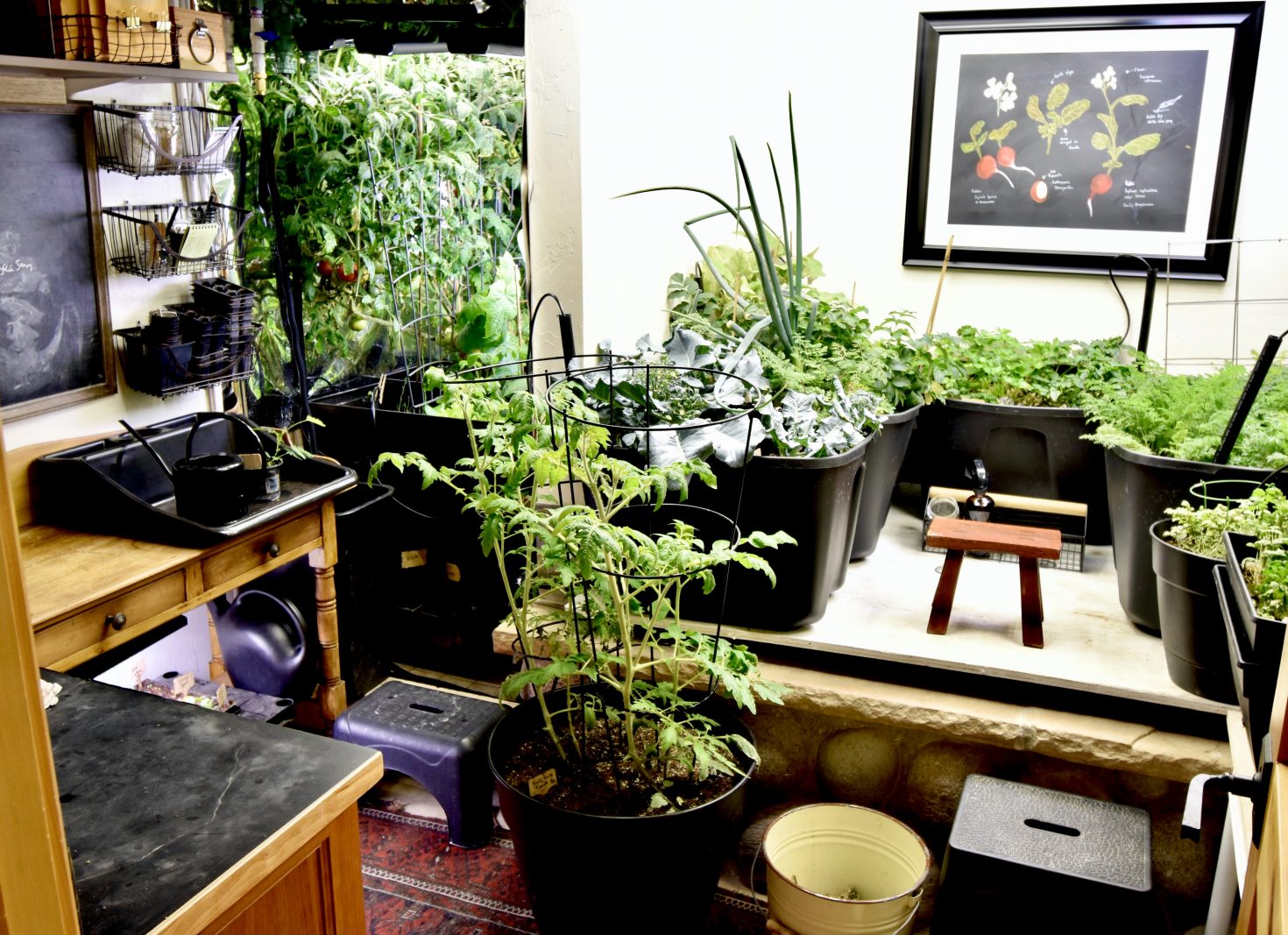
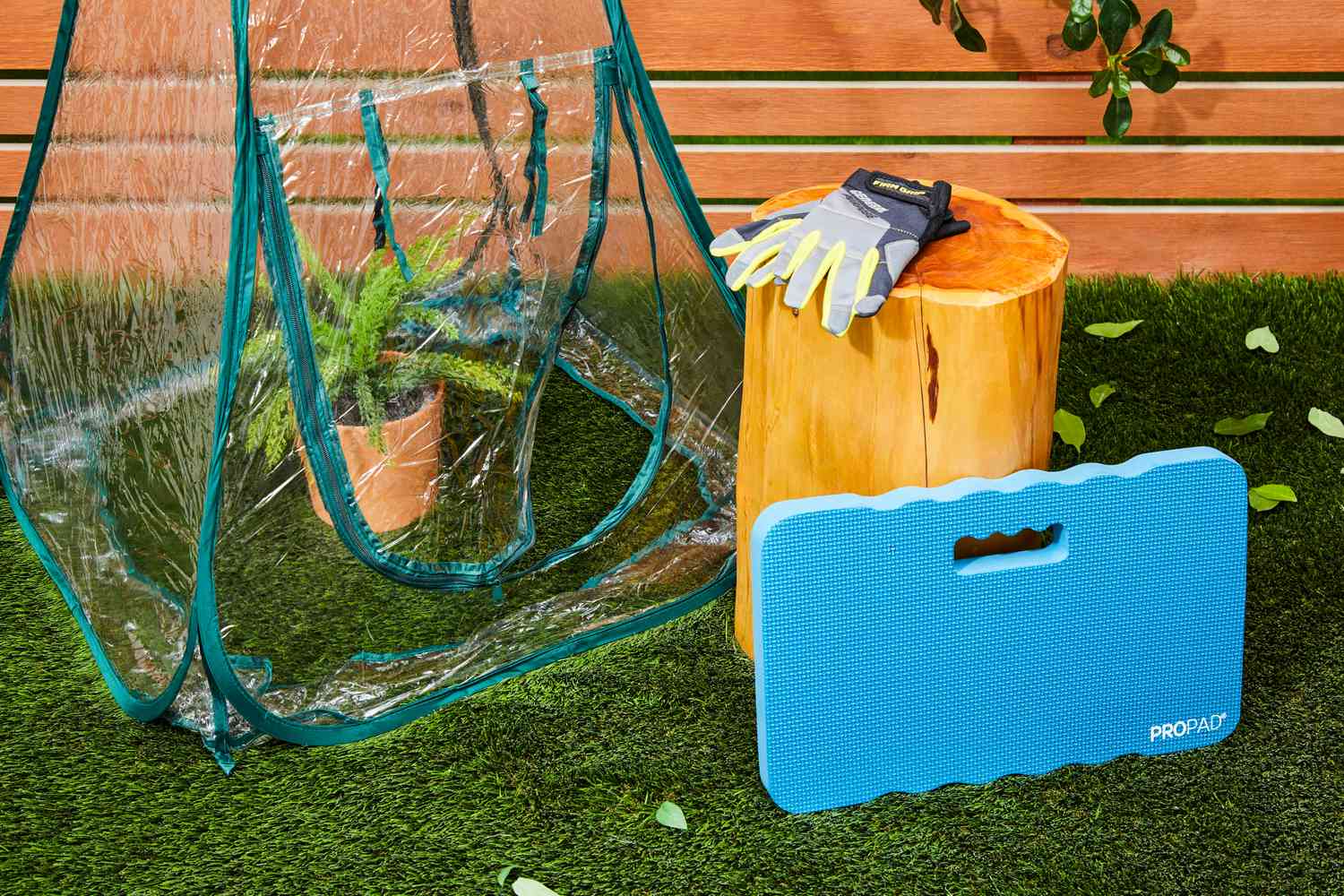
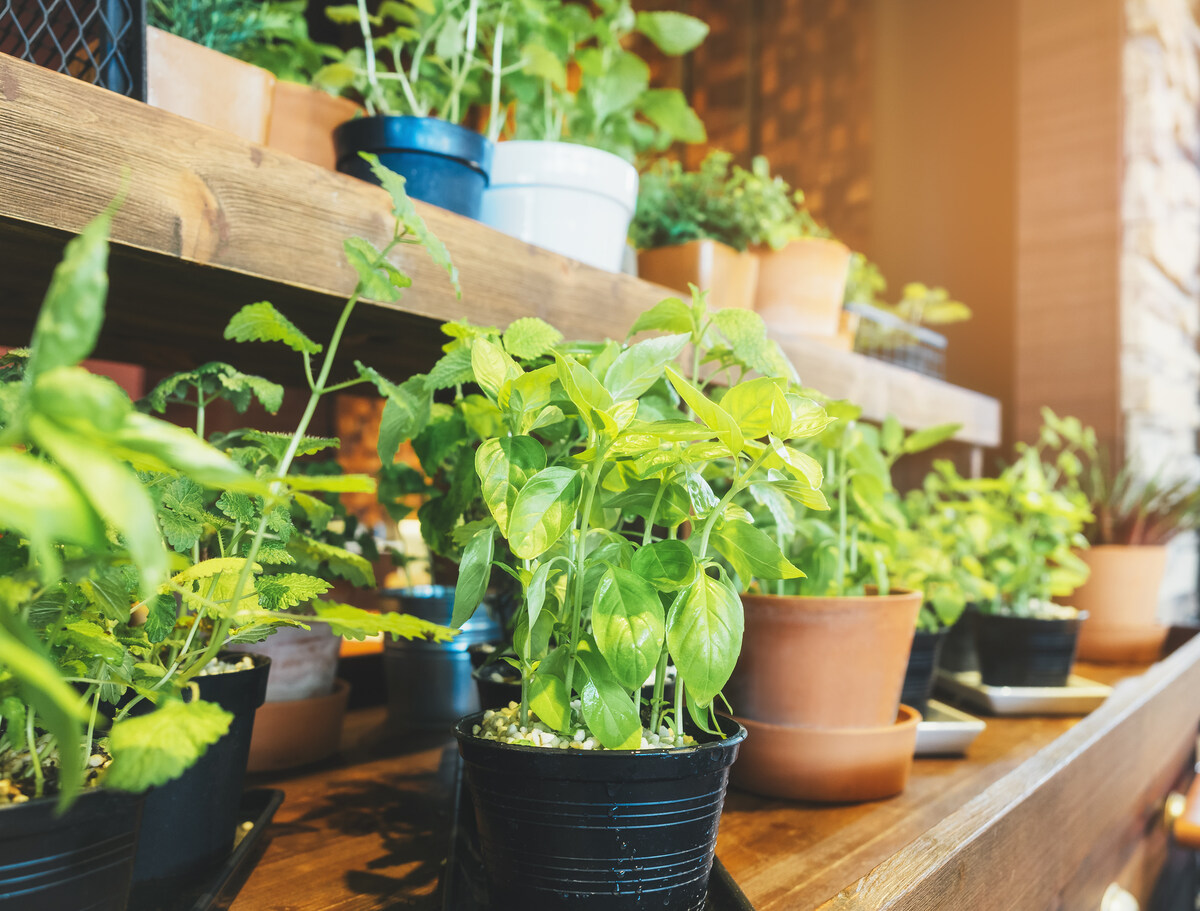
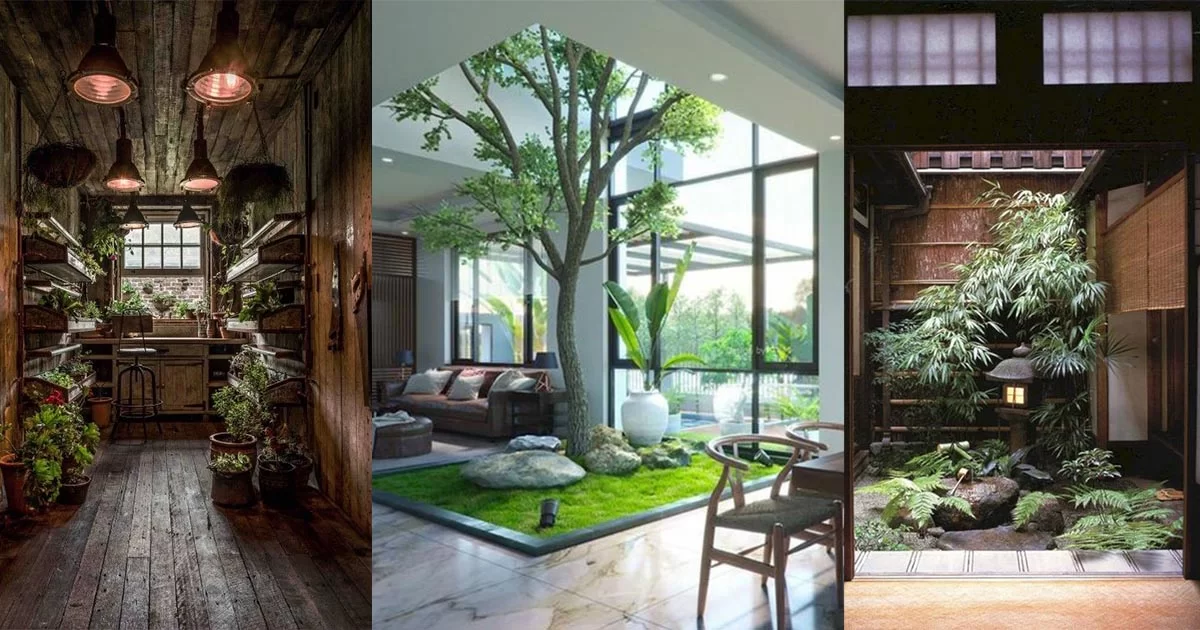
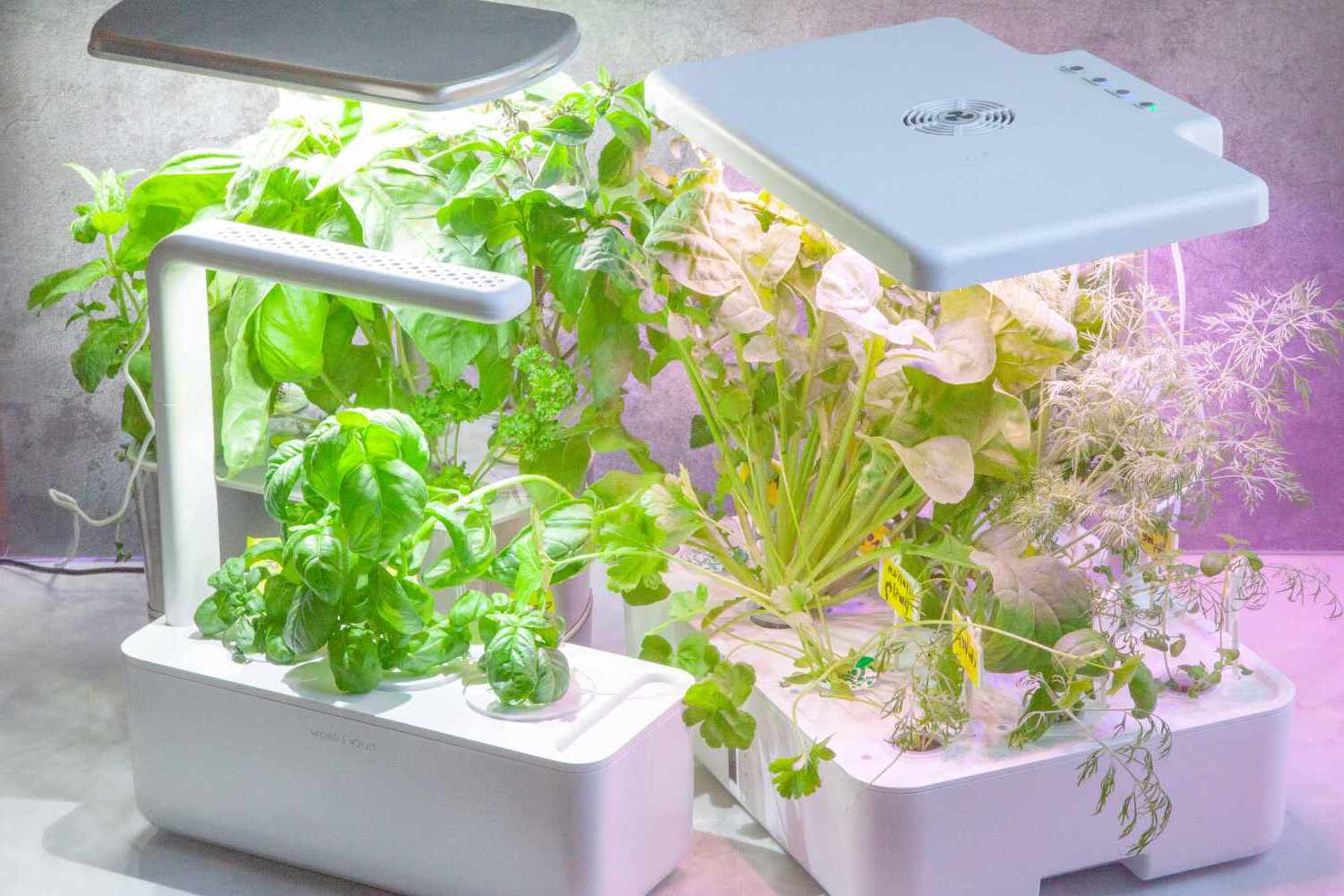
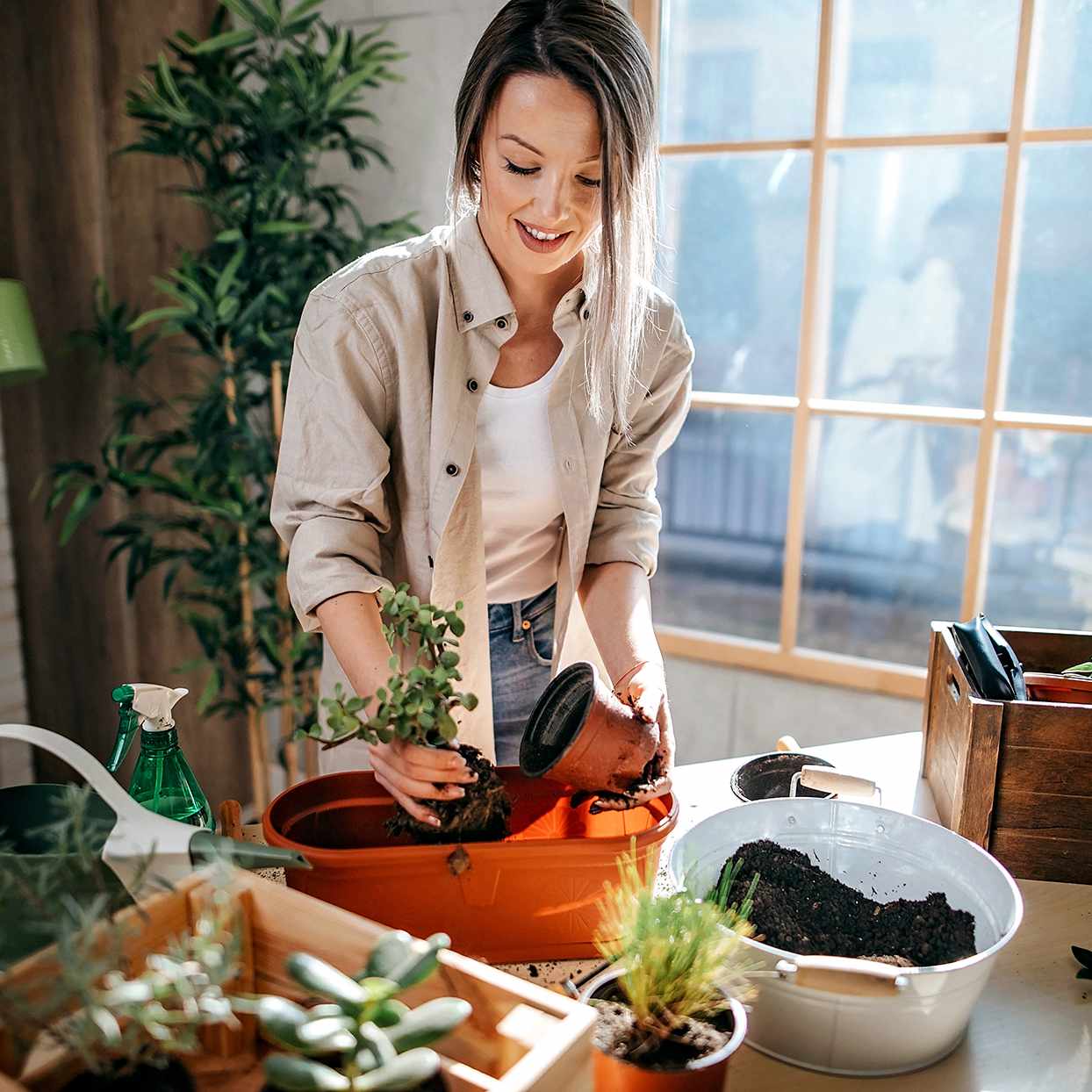

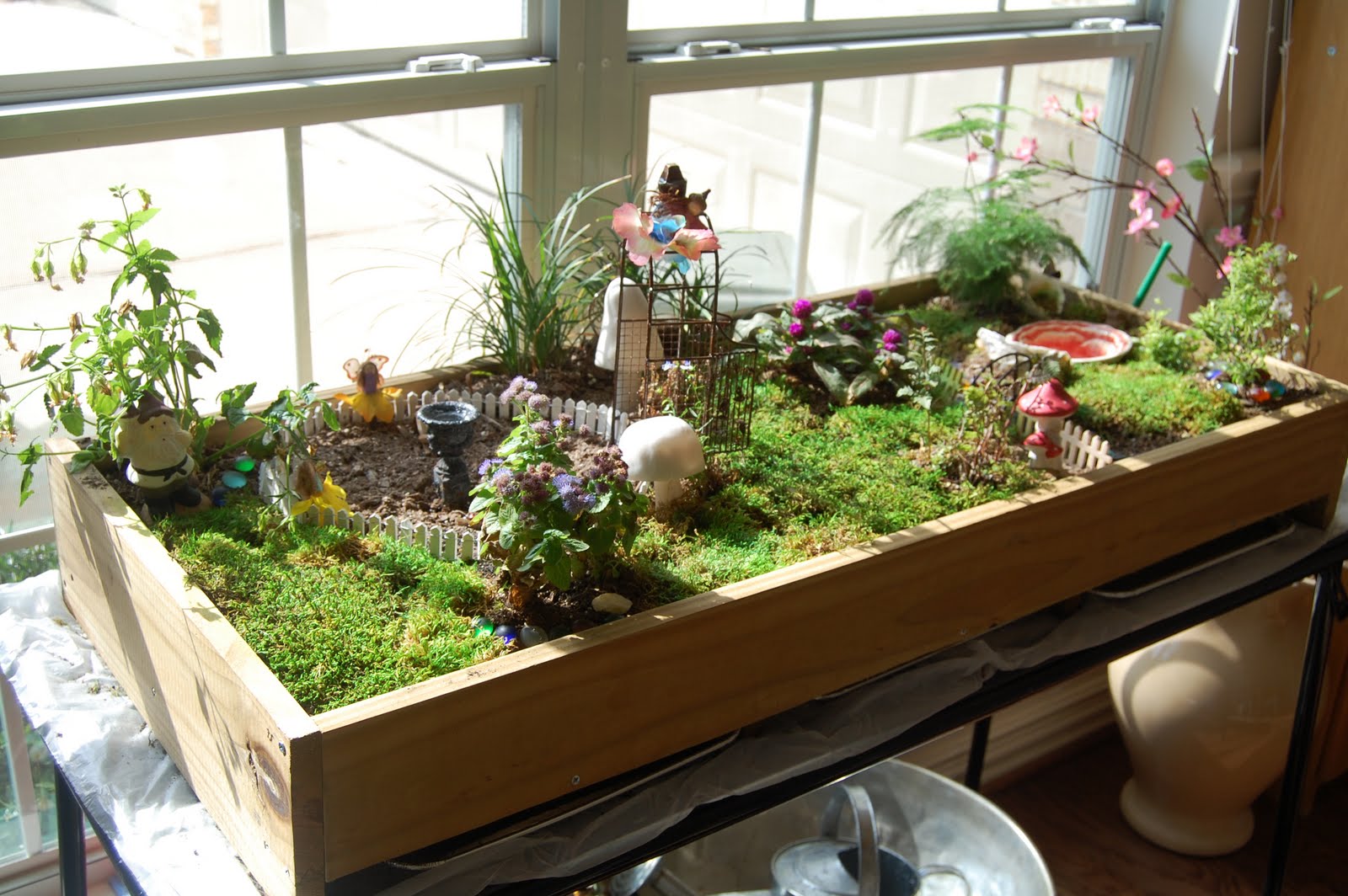
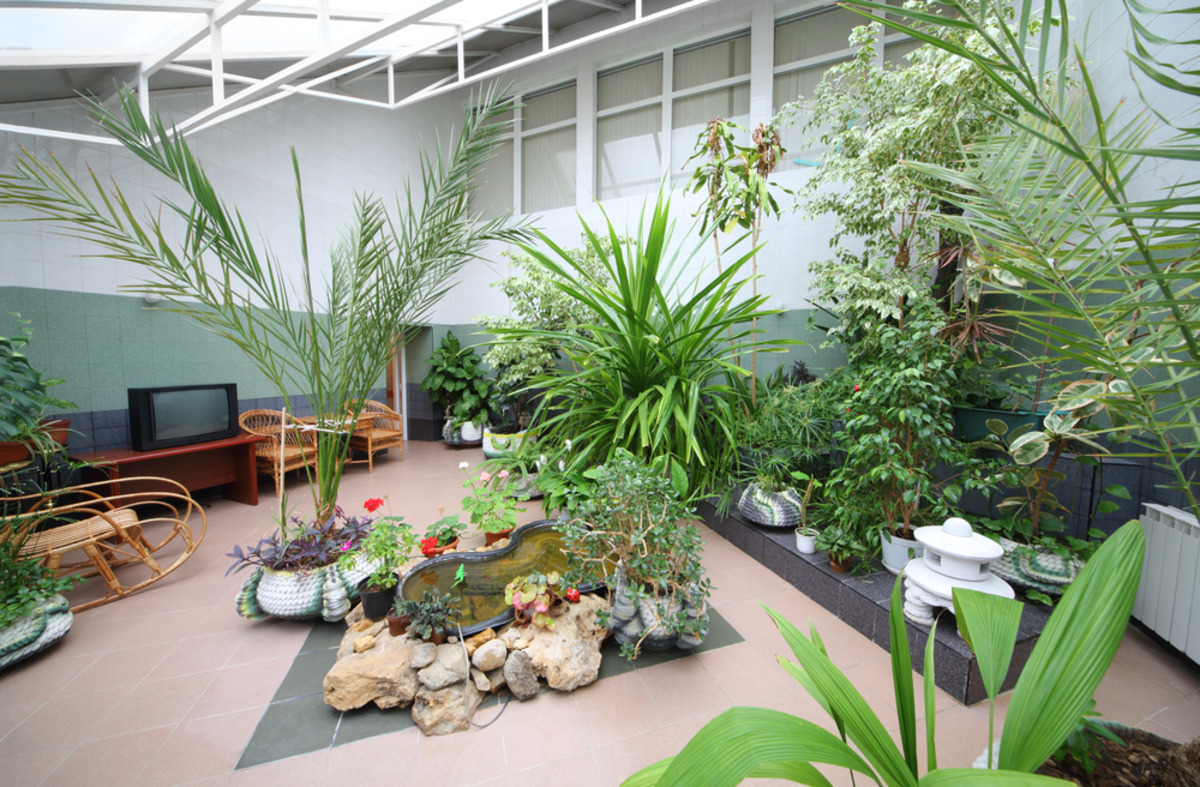
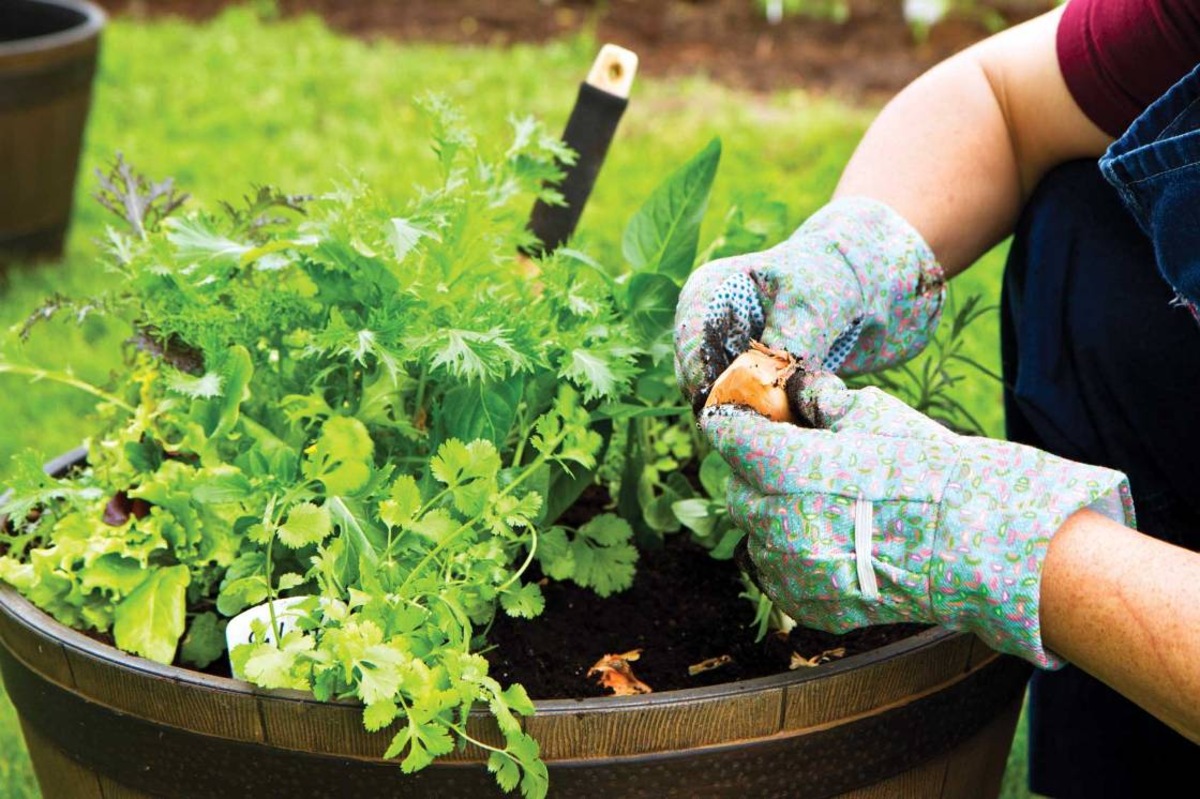
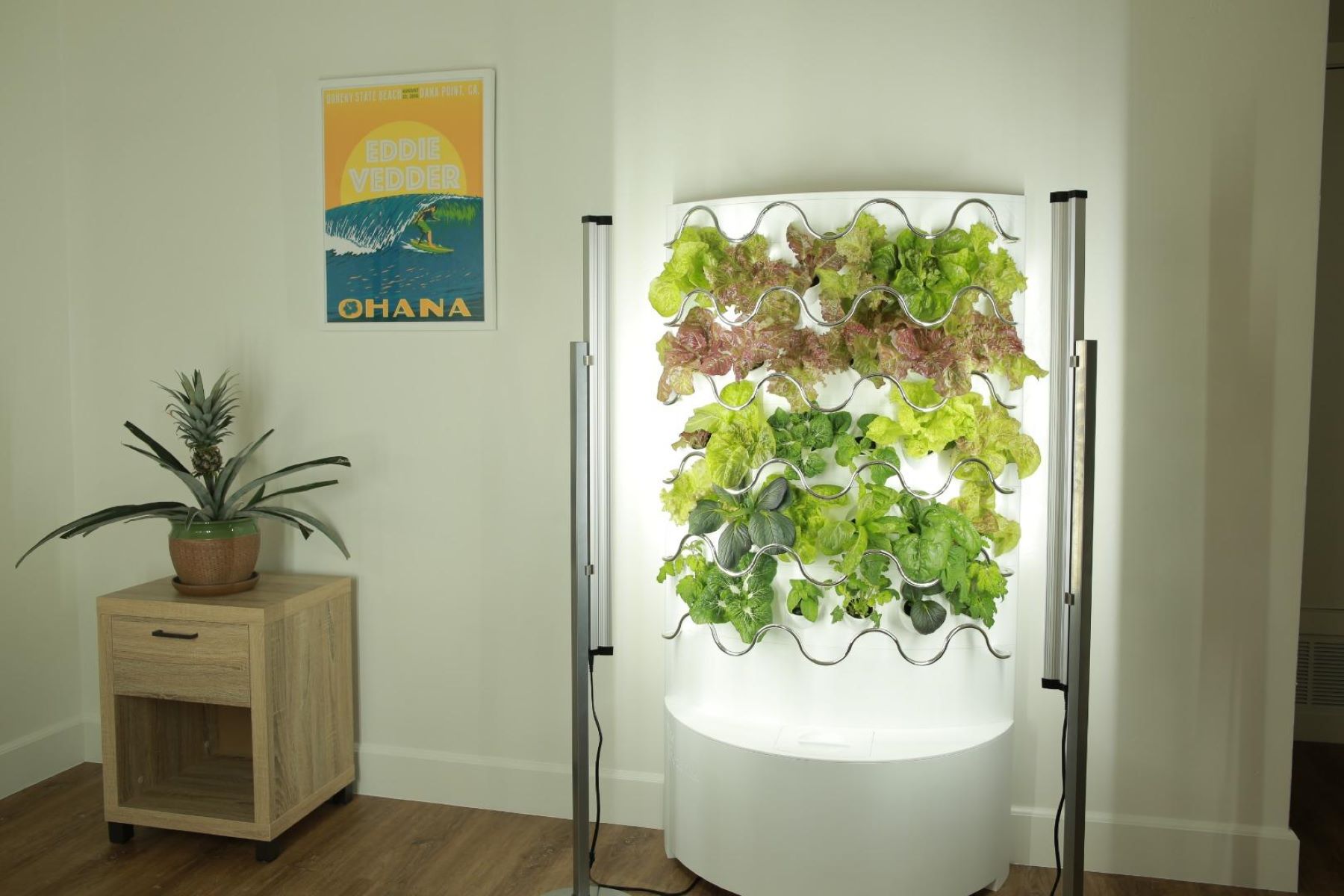
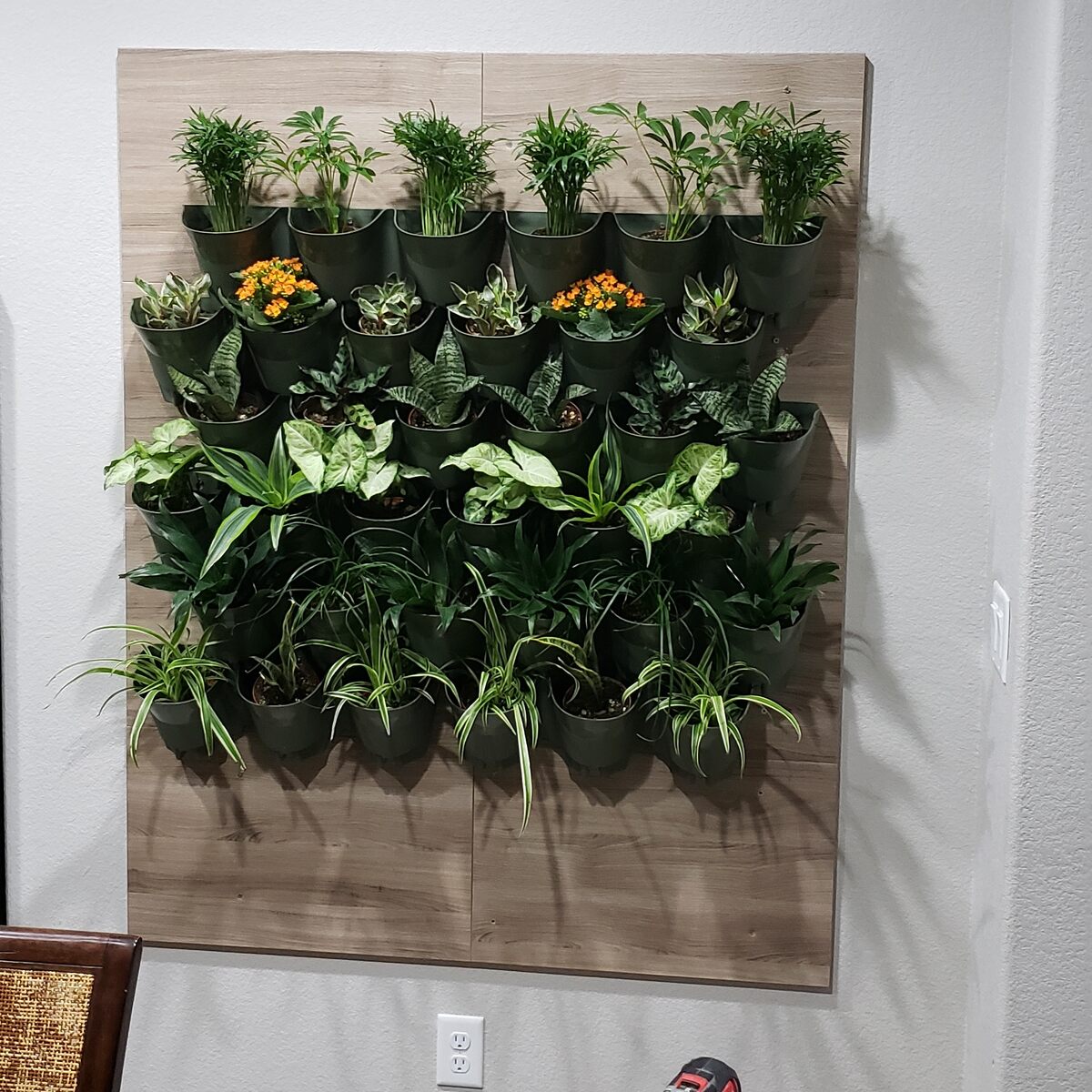
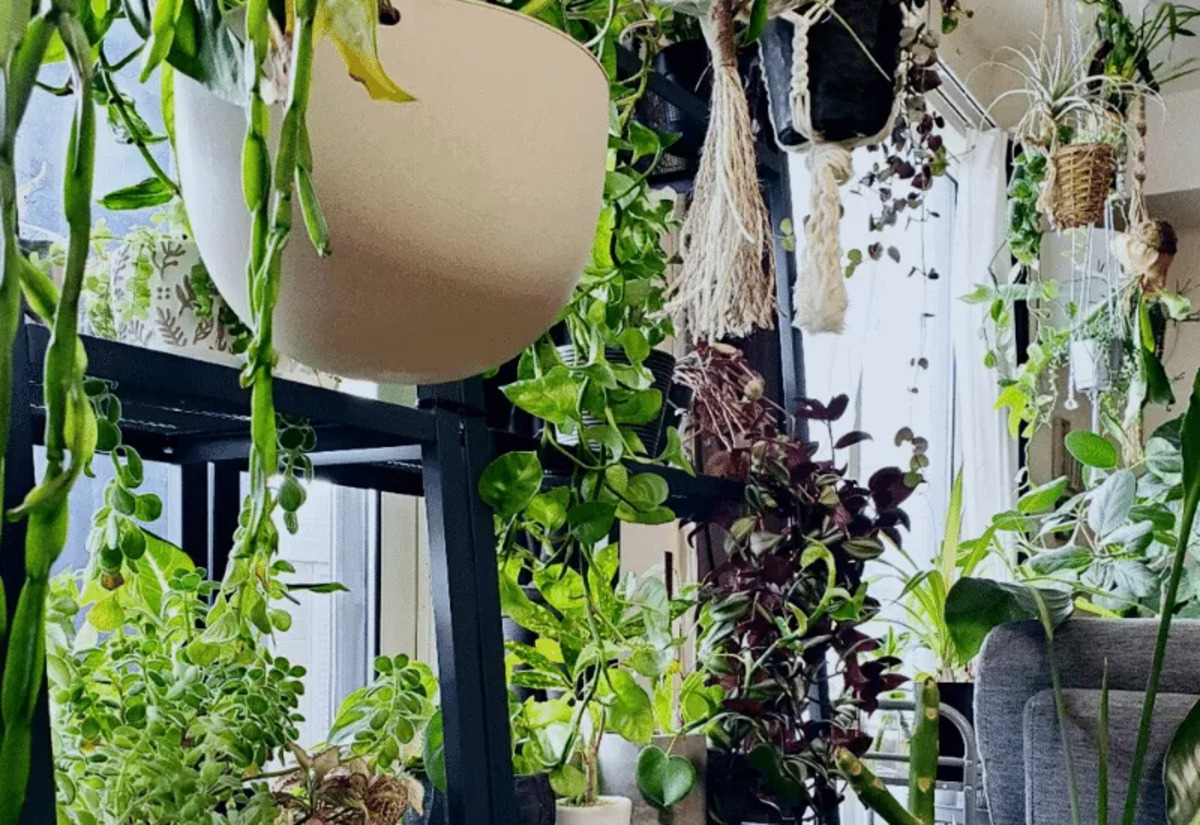

0 thoughts on “How To Have An Indoor Garden”